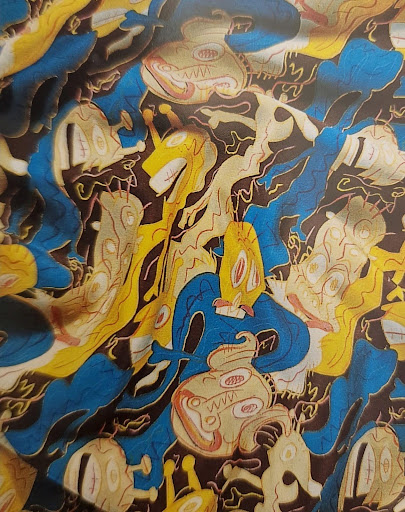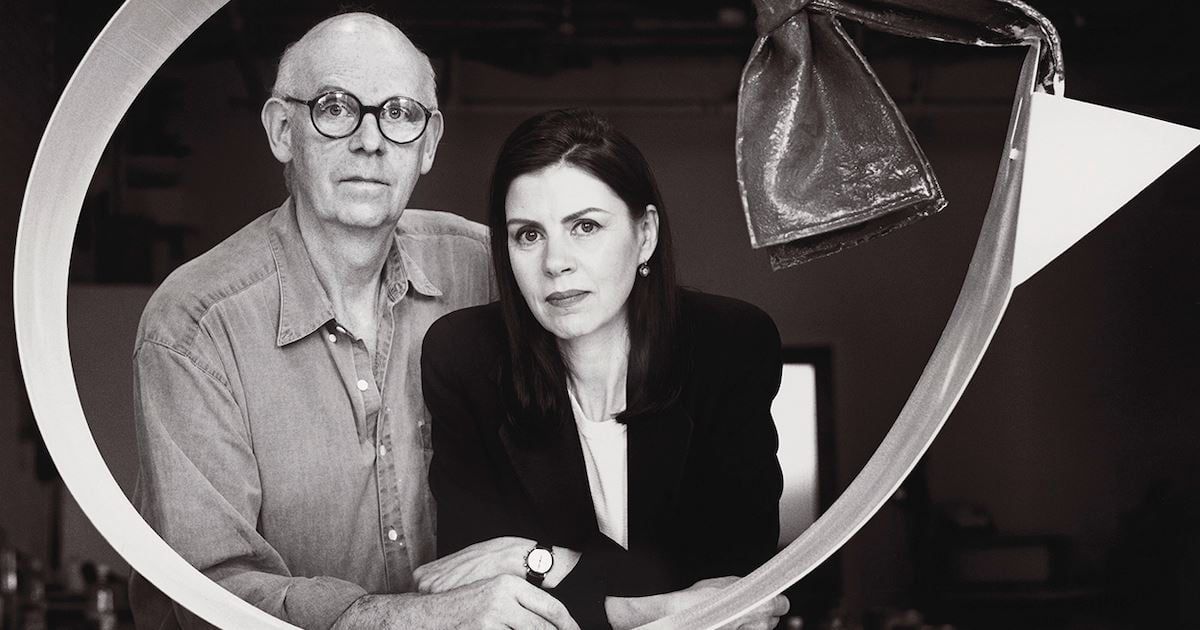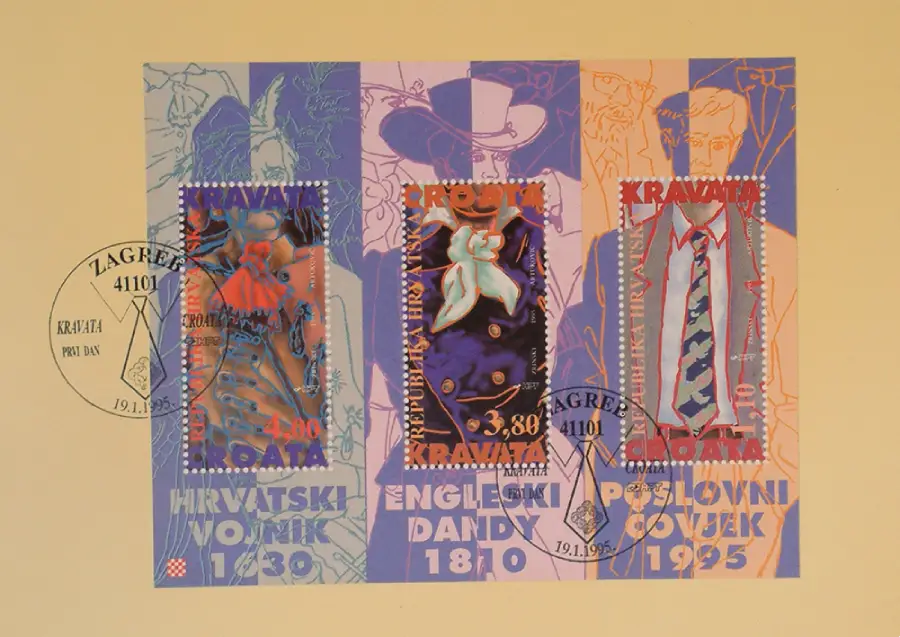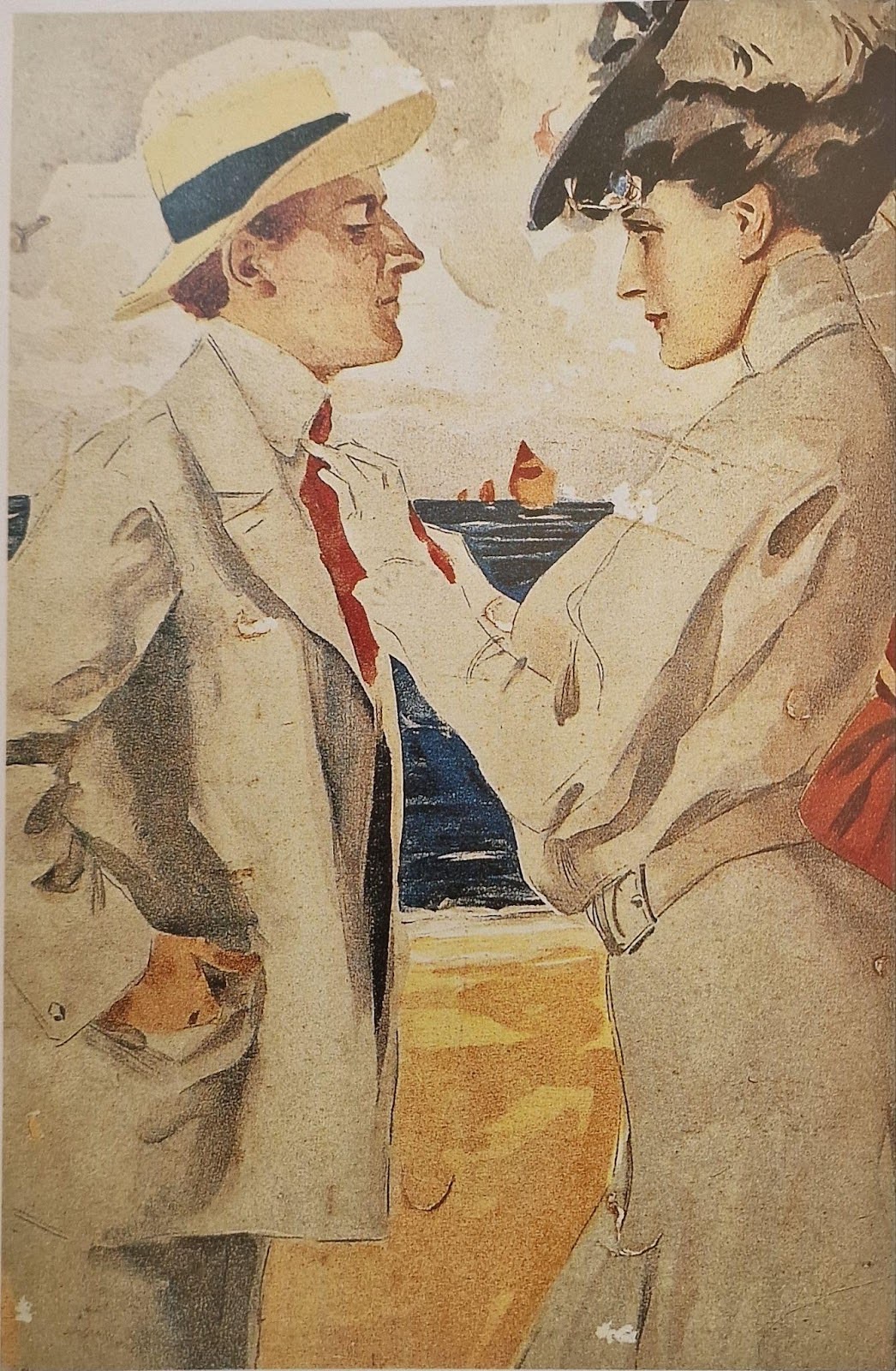There is no longer a color, pattern or shape that popular psychology will not associate with a character trait. And men’s ties, according to research by some world psychologists, hide in their curves, colors, and patterns all the inclinations, “freckles”, customs, and vices of their “wearers”.
If someone, while aimlessly walking down the street, cares about such observational jokes, here is a palette of colors and patterns of ties that will tell you what is hidden behind the “official facades”.
Blue tie
Blue is the color of eternity, symbolizing wholeness, tranquility, and the one who wears a blue tie is certainly honest, quiet and, just like the color, calms the environment.
Red tie
Caution! Red is ambiguous! It can mean love and anger, courage and danger, and it can also have sexual messages. The meaning depends on the mood, circumstances, and intentions of the “wearer”. Psychologists find the red tie the most challenging to analyze, which is why women also see a man with a red tie as an unfathomable adventurer.
Black tie
Traditionally, it is worn at a funeral. However, if combined with some contrasting colors and patterns, it can mean moderation and elegance.
Yellow tie
Young, full of hope, happy! Well, what else could be associated with such a crazy color?
Green tie
In addition to having an ecological meaning, the green color on a tie is very fairy-tale for psychologists – it expresses the wisdom of forest fairies! You can refine the idea yourself!
Brown tie
First, it shows dirt the least. Second, it symbolizes “down-to-earthness”, realism. The reddish-brown color is effective, associating both professionalism and sexuality.
Checkered pattern
Means neatness, regularity. Larger squares are suitable for “rawer”, more crazy people, and smaller ones are more suitable for engineers and architects.
Striped ties
Usually conceal a desire for orderliness, regularity. You will see diagonal lines more often, rarely horizontal or vertical. Sociologists and psychologists will still investigate why right-to-left stripes are common in the USA, while the reverse is more characteristic of the European style.
Swirl pattern
Means freedom and relaxation compared to rigid checkered and striped patterns, and suits more creative personalities.
Circle pattern
Means the union of order and curves, a humorous effect, especially if the dots are large. Small dots make you smile!












